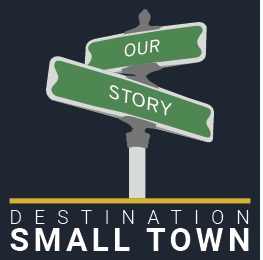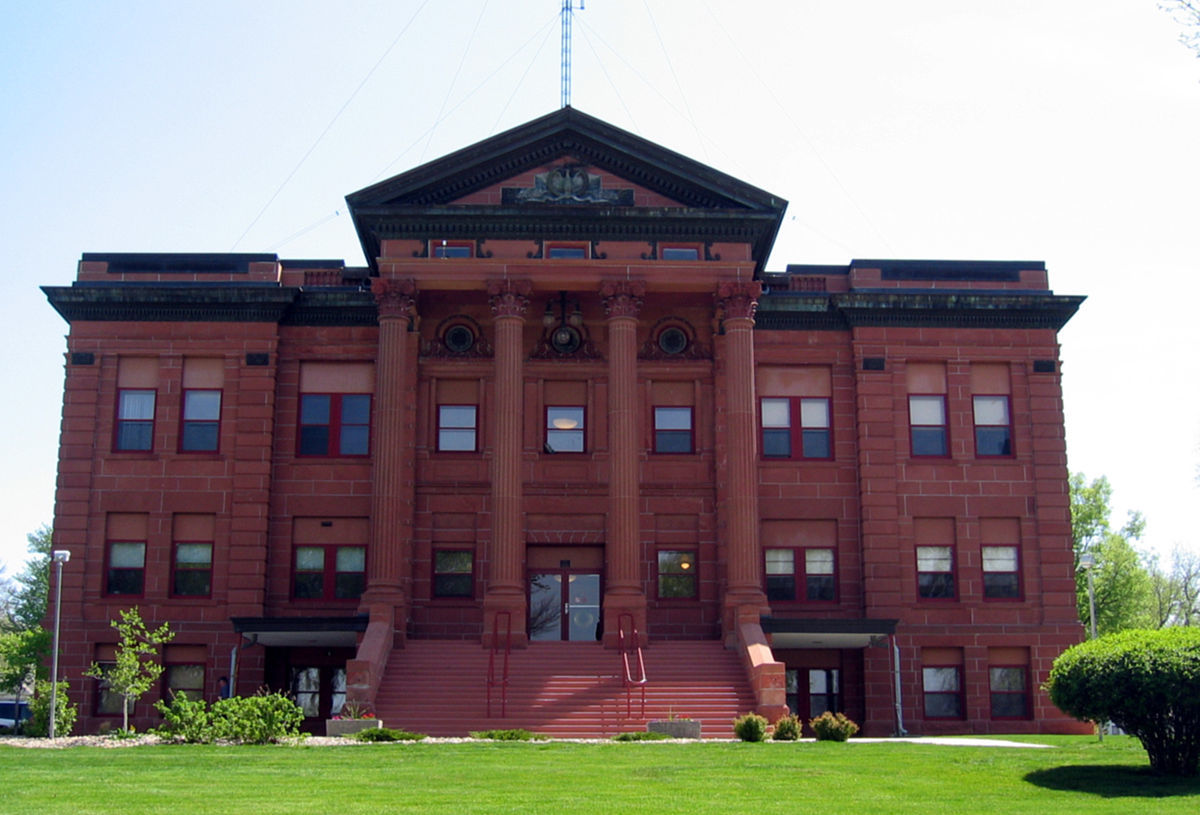Since the founding of our communities, organizations, businesses and citizens have stepped forward to build and serve their community. Click on any of the logos below to learn about those who made this website possible! If you would like to learn about becoming a sponsor CLICK HERE!

- County: Plymouth County, IA
- Region: Northern IA
- Sponsors
- About Kingsley, IA
- Businesses
- Community Organizations
- Faith Organizations
- Festivals and Events
- Points of Interest
- Veterans
- Visit Website
Learn how to Contribute to any of the above categories.
No news yet. Got some news? Hit that NEW POST button!
About Kingsley, IA
Kingsley's history actually begins with the village of Quorn, located a mile west of town. The Close Bros, wealthy Englishmen, bought up thousands of acres of farm land in this area. They conducted the affairs of the many farms they owned from their land office located in Quorn. English families sent their boys to the Close farms to learn how to farm. Tuition was $600 a year which included board and a horse. They were called "pups" by local community members. These young men were often more carefree and fun-loving rather than serious, and the program only lasted about 2 years. Quorn was platted in September, 1880. By 1882 it was a thriving town with a population of 300 to 400. Many businesses were located in Quorn, including the Heacock Mill built along the West Fork River.
When John Blair brought the railroad to this area, the station was to be located east of Quorn according to the August, 1883 plat of the newly laid town of Kingsley. Blair hired Nahum Kingsley of Vermont to lay out the plat, many of our streets are named after towns in Vermont. With the coming of the railroad to Kingsley, many of the buildings and businesses from Quorn were moved to Kingsley. Kingsley was incorporated in February, 1884.
Interesting Facts
Herbert Hoover's Grandmother's old house is at the corner of West 3rd & Barre, across from the Methodist Church. Herbert lived and attended school here for about 2 years.
Kingsley had a semi-pro baseball team called the Kingsley Cubs, which was funded by the American Legion from 1948 to mid 50's.
Kingsley’s Trademark - The Black Squirrels
Kingsley is known for having black squirrels and the black squirrel has been our town trademark for many years. Black squirrels have a genetic mutation called melanism which causes them to be black. The pictured postcard (photo by Carol Phelps) is the second postcard promoting our town’s black squirrels. The first black squirrel postcard was issued for Kingsley’s Diamond Jubilee in 1959.
Businesses of Kingsley, IA
The businesses of our towns are truly the lifeblood of each community, click on any businesses below to learn about them, to learn how to add your business to your town and county page CLICK HERE!
Community Organizations of Kingsley, IA
Small towns and rural communities throughout the Midwest are looking for ways to strengthen their economies, provide better quality of life, and build on local assets. Here you will find the organizations that stabilize, preserve, and revitalize the small towns and rural areas alike. To submit your organization to be included on your town and county page CLICK HERE!
Events of Kingsley, IA
The small towns of the Midwest have long shared pride in their communities through festivals and events! Citizens from each community, working together, continue to offer entertainment options that not only appeal to their citizens, but visitors to their community! Below you will find festivals and events you are sure to want to attend! If you would like to have (DST) include an annual festival or event on your town and county page CLICK HERE!
Faith Organizations of Kingsley, IA
Throughout the years faith organizations have not only been an essential part of a town's religious life, but its community life. Below you will find stories about these organizations, If you would like to induct a faith organization to be added to your town and county page CLICK HERE!
Points of Interest of Kingsley, IA
The communities of the Midwest have a lifestyle unique to their region — rich in history and points of interest like no other! Below you will find points of interest you are sure to want to visit! To nominate a landmark, historic location, museum, etc. as a point of interest on your county and region page CLICK HERE!
Plymouth County, IA
Visit our county page and you will find information about our town and county's points of interest, festivals/events and faith community. You also will learn about the community organizations that have built and continue to build strong communities (chambers, community groups, and departments, etc) and much more when you visit the Plymouth County, IA page.
Veterans of Plymouth County, IA
Veterans come from many walks of life and whether a veteran has severed two decades ago or two days ago, they have made our freedoms possible. Below you will find stories about many who have served. If you would like to nominate a veteran to be included on your town and county page CLICK HERE!




























